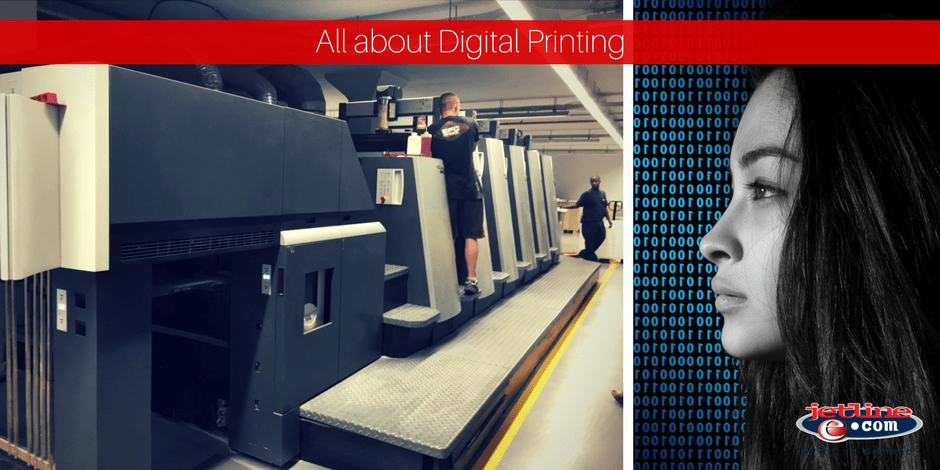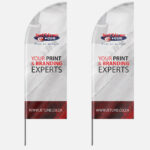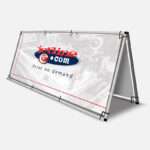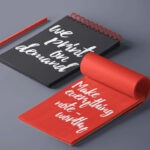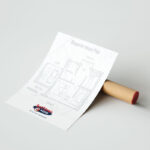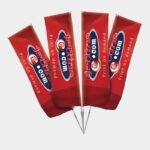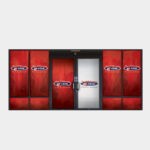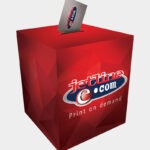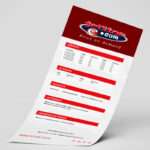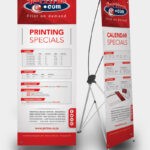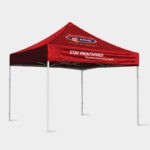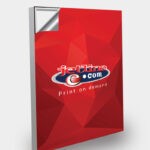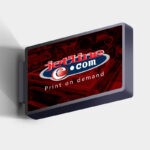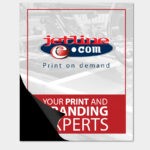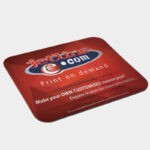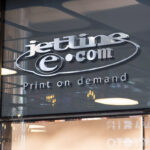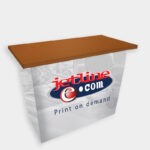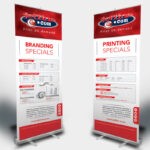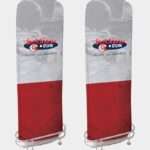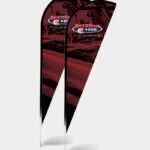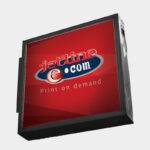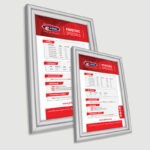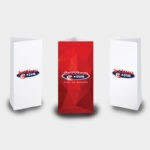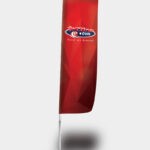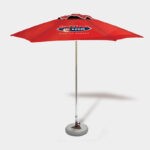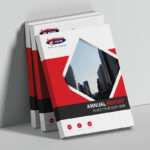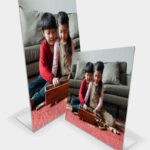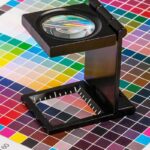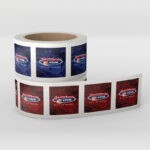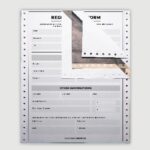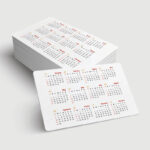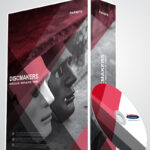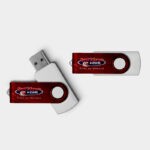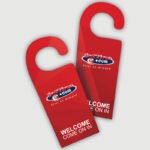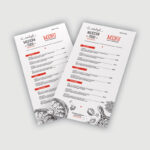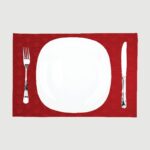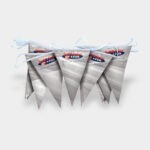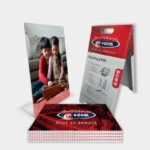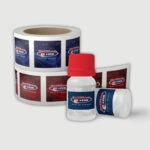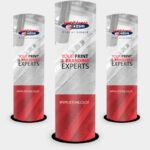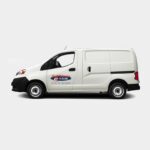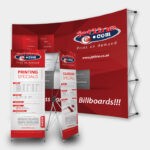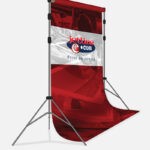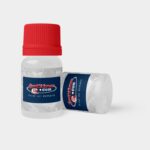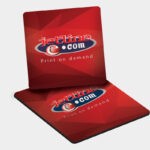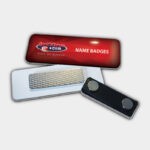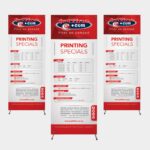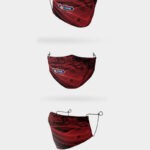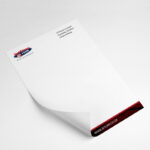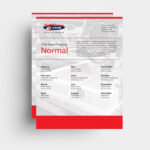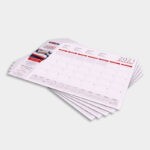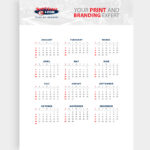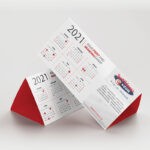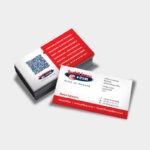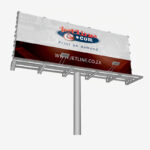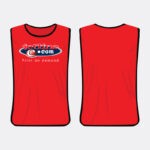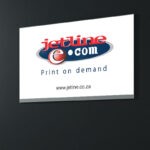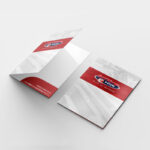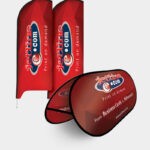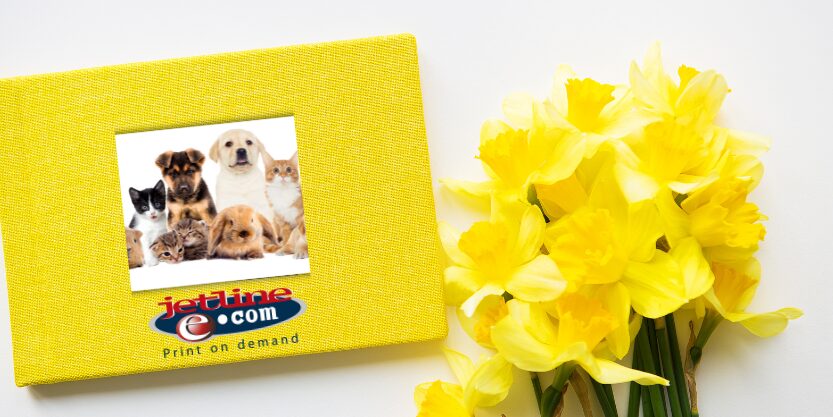You have probably heard marketers, designers and branding specialists refer to digital printing. But what exactly is digital printing, and how is it different from the traditional methods of printing we have grown accustomed to?
The difference between digital printing and traditional printing
Digital printing refers to methods of printing from a digital based image, directly onto a variety of materials. Digital images or digital sources are printed using large format/ high volume laser/ inkjet printers.
Traditional printing refers to lithography, flexography, and gravure/letterpress. The difference is there is no need to replace printing plates whereas in analogue, printing plates have to be repeatedly replaced. This means that digital printing offers quicker turnaround times and lower costs.
Traditional printing/ offset printing is the perfect printing option when you require large quantities, and flexible paper sizing options. Digital printing is ideal for lower quantity prints, and when you require the quickest turnaround time essentially, when you require print on demand.
Popular digital printing methods are inkjet and laser printers.Let’s take a look at these digital printing methods that have become extremely popular in the industry.
About Inkjet Printers
Inkjet printers are an advanced type of computing printing that has the ability to recreate a digital image. This is done by depositing droplets of toner/pigment onto a wide variety of materials including: canvas, glass, and metal and photo paper.
The Inkjet printer was extensively developed in the 50s. It was in the 1970s that the inkjet printer began to take shape. Companies such as Hewlett-Packards, Canon and Epson began producing printers that were able to reproduce digital images.
Today there are two primary technologies that are used in inkjet printers, these being Continuous (CIJ) and Drop on Demand (DOD.)
About Laser Printers
Laser printing is an ?electrostatic digital printing? technique. This process has the ability to produce high-quality text and imagery. This is done by repeatedly sending a laser beam back and forth over a negatively charged cylinder. This cylinder is known as a? drum.a? The drum will then collect electrically charged powered toner/ink. It then transfers the graphic to the paper. The paper is heated so as to permanently fuse with the image or text.
Laser printing was invented at Xerox in the 70s and were then introduced to the office.
Benefits of Digital Printing
High definition colour printing.
Small quantities quicker at a lower cost.
Print the amount you require in order to reduce your wastage, thus, saving you in warehousing storage and office space.
Digital printing allows for personalisation in printing that is Variable Data Printing. This allows you to focus on specific clients, and providing them with an intricately personalised printed material.
Printing on a wide selection of stock options.
Print on demand helping you reach those deadlines effortlessly.
Jetline: The Printing and Branding Experts
Jetline provides a selection of advanced printing solutions including effortless digital prints and enlargements. Prints and enlargements are done to your specifications, varying in size and finish, to suit your particular requirements.
Contact the Jetline experts today and find your closest Jetline branch here.

